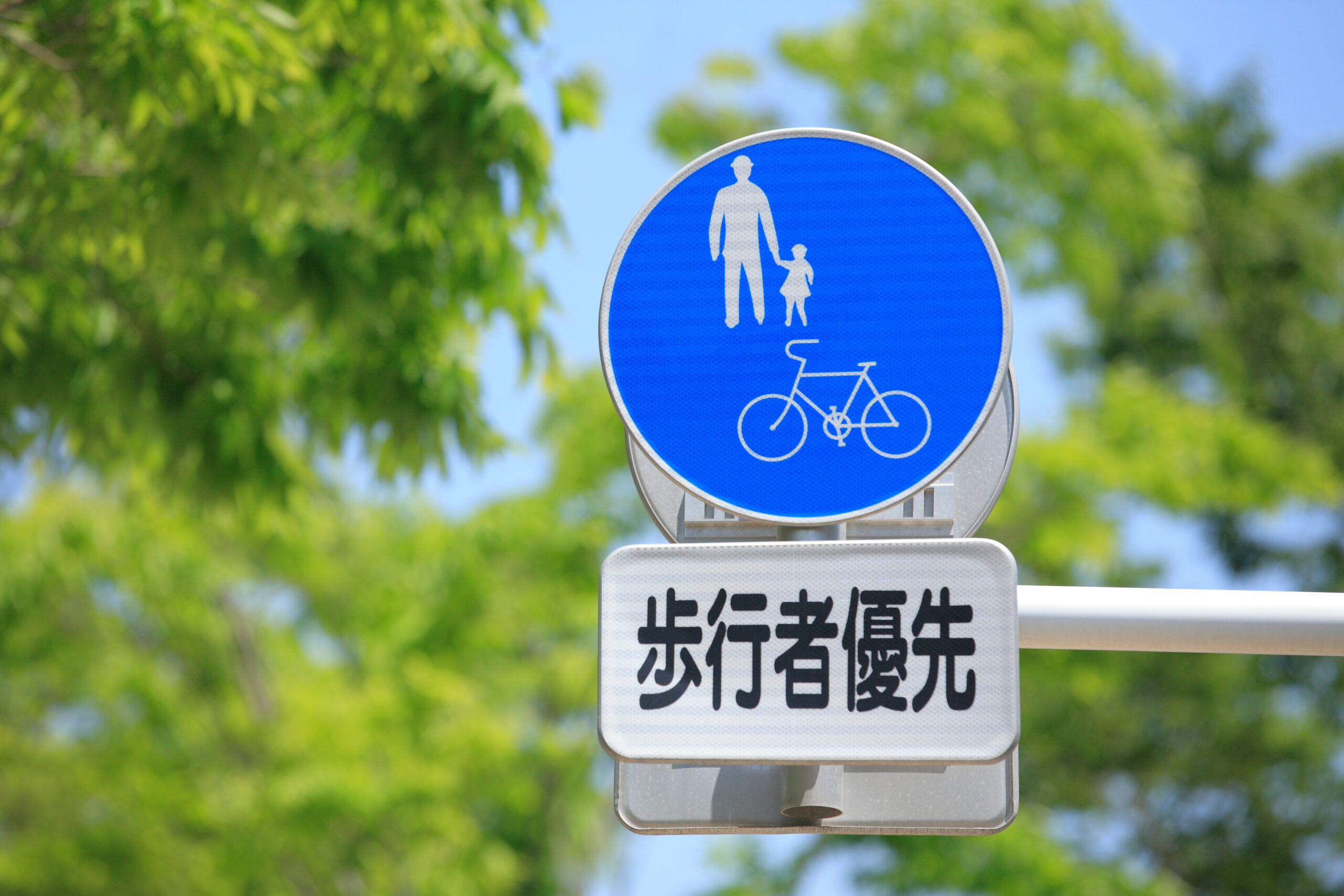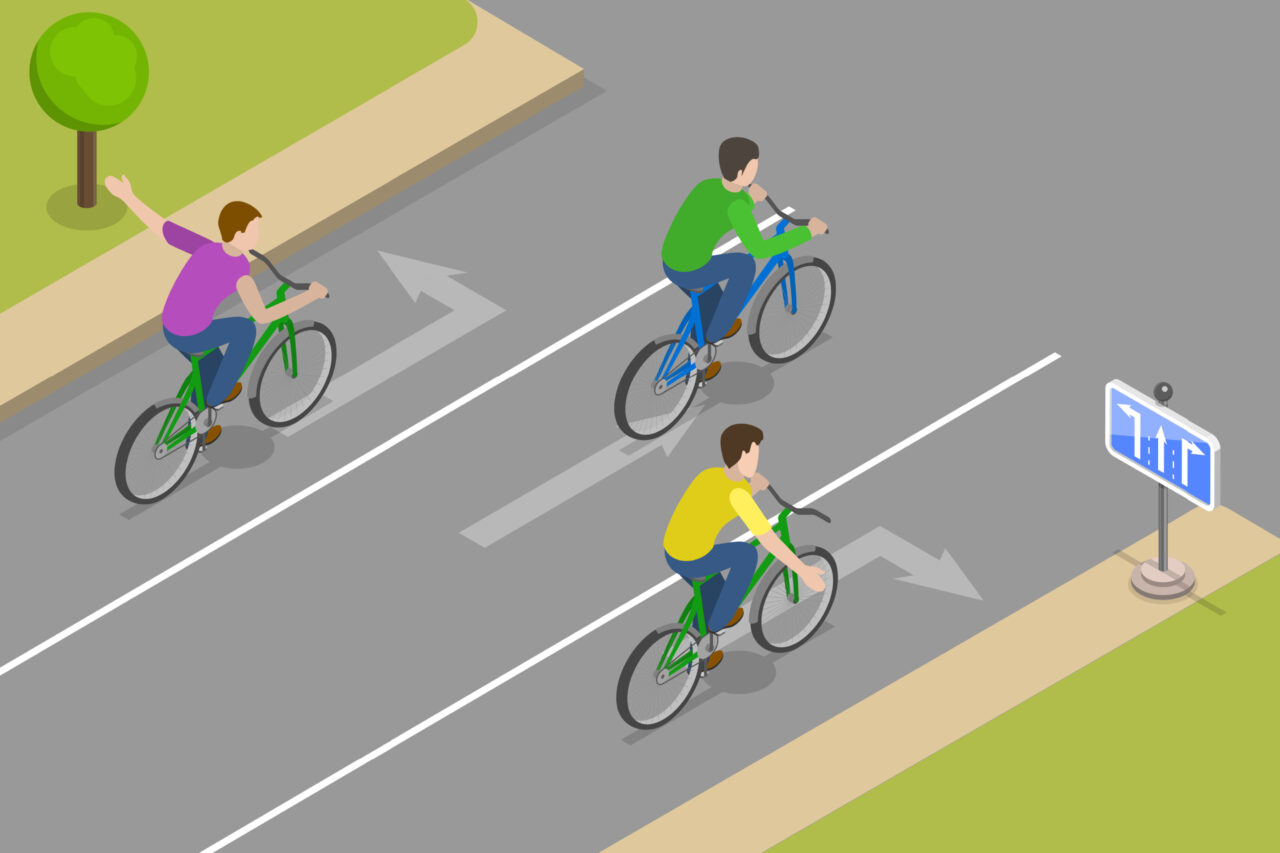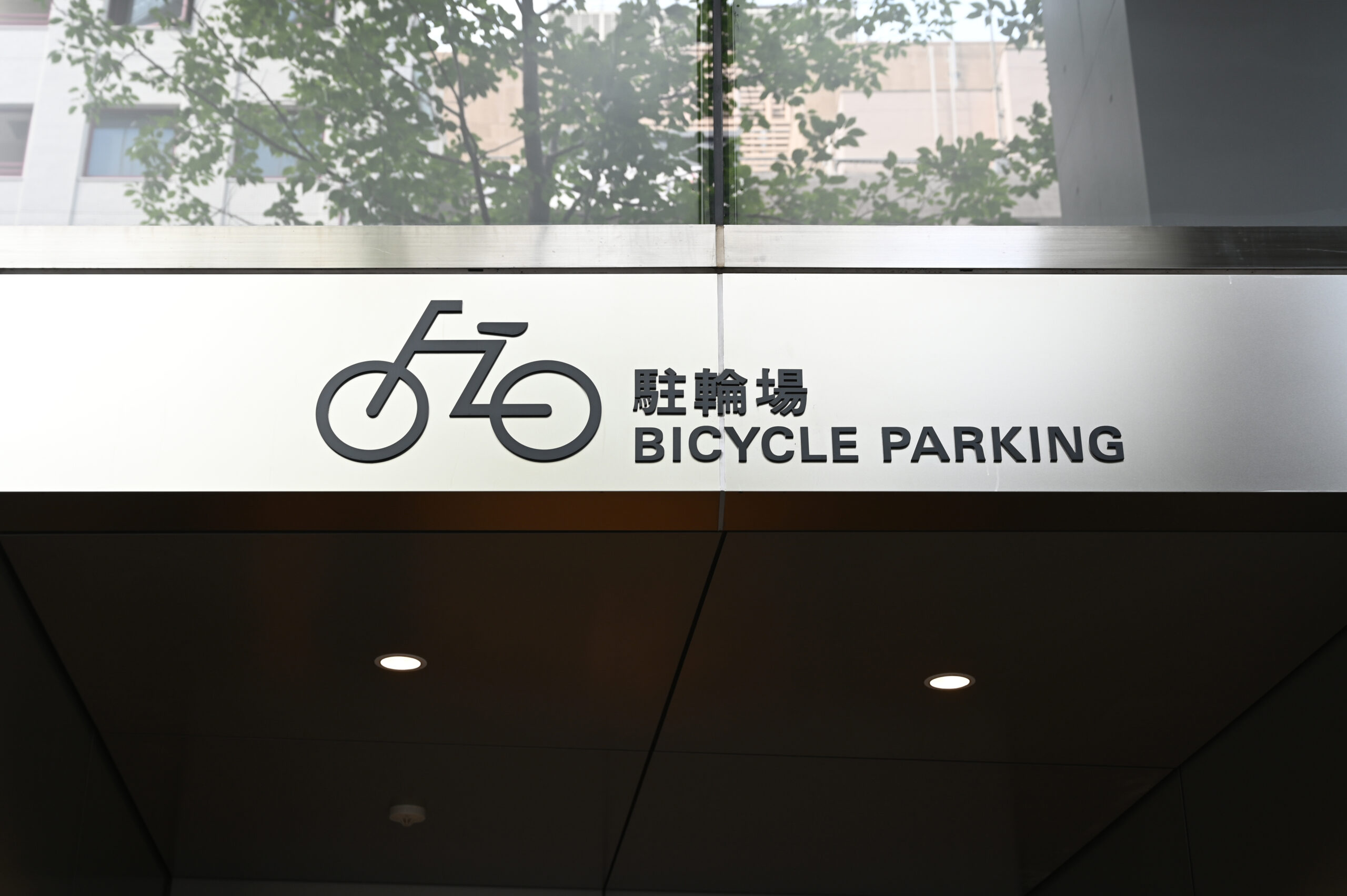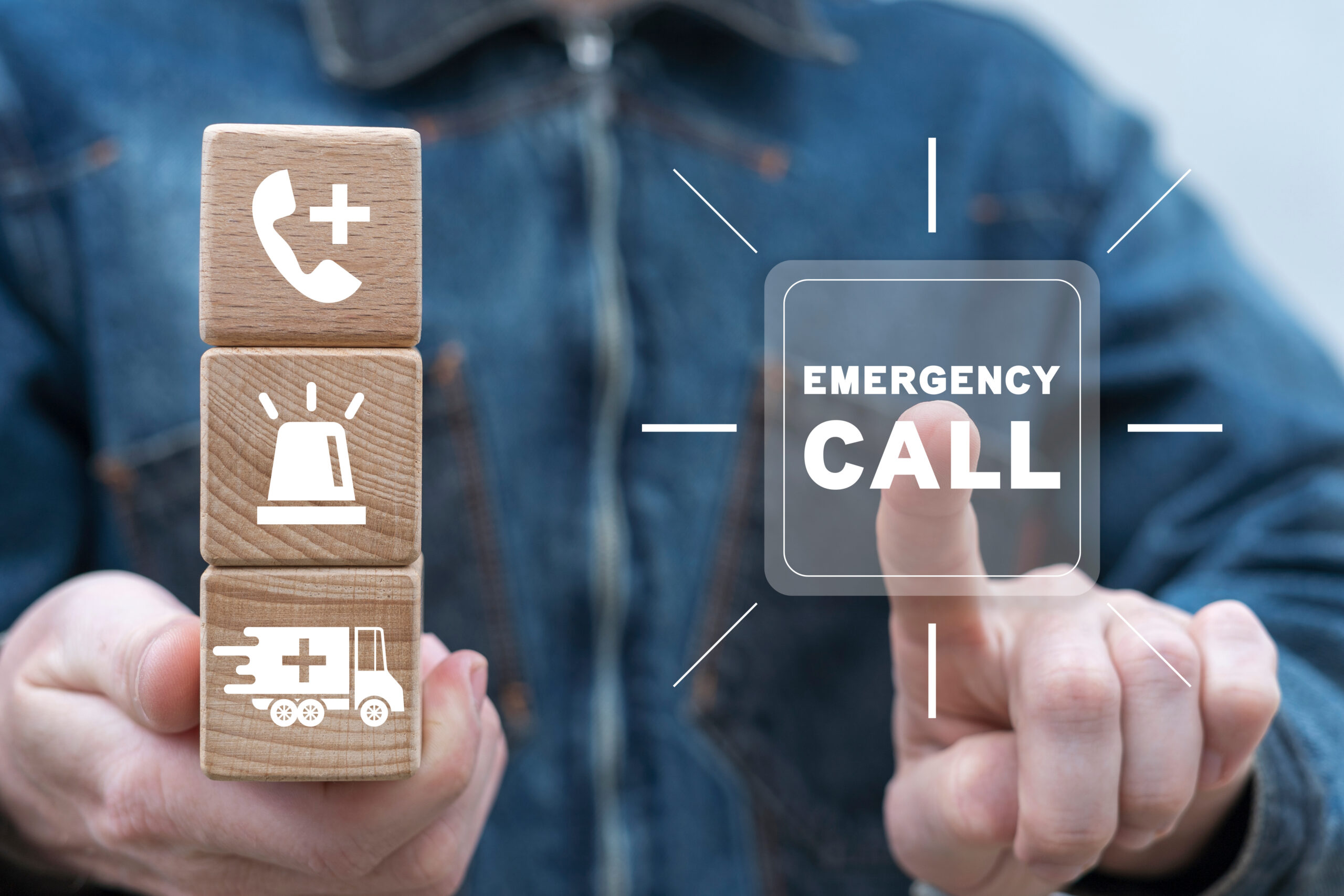Cycling Laws in Japan: Essential Rules Every Foreigner Should Know

Many foreigners living in Japan might wonder, “What are the essential cycling laws I need to know?” or “How can I cycle safely while respecting local customs?” They may feel unsure about the rules and etiquette that differ from their home countries. In fact, understanding Japan’s cycling laws and bicycle etiquette is key to safe and respectful cycling. Knowing these rules helps avoid fines and fosters positive relations with locals.
This article provides a clear explanation of Japan’s specific cycling laws, common bicycle etiquette, and practical tips to help foreigners cycle safely and confidently.
Introduction to Cycling in Japan
Why Understanding Cycling Laws is Crucial for Foreigners
As a foreigner living in Japan, you might find yourself asking, “What are the essential cycling laws I need to know?” or “How can I cycle safely while respecting local customs?” These are common questions among expatriates and long-term residents. Exploring Japan’s streets by bicycle offers a unique blend of convenience and enjoyment, but it’s important to be aware of the local regulations and cultural norms to ensure a safe and respectful experience.
Understanding Japan’s specific cycling laws and bicycle etiquette is key to avoiding fines and fostering positive relations with locals. For instance, riding on the left side of the road is a legal requirement, and cycling under the influence of alcohol can lead to severe penalties, including imprisonment or hefty fines. Additionally, using a mobile phone while cycling is prohibited and can result in fines or jail time. Important changes to Japan’s bicycle regulations come into effect on April 1, 2023, introducing an “duty of effort” for all cyclists to wear helmets. Being informed about these rules helps you avoid legal troubles and contributes to the overall safety of all road users.
By familiarizing yourself with these laws and cultural practices, you not only ensure your safety but also demonstrate respect for the local community and its norms.
Overview of Japan’s Cycling Infrastructure
Japan boasts a well-developed cycling infrastructure, particularly in urban areas. Cities like Tokyo, Kyoto, and Fukuoka have designated bicycle lanes and bike-sharing programs, making cycling a convenient mode of transportation. However, the infrastructure can vary, and cyclists may encounter challenges such as narrow roads, pedestrian congestion, and insufficient bike parking. Understanding these conditions and adapting your cycling habits accordingly can enhance your experience and safety on the roads.
Essential Cycling Laws in Japan
Understanding the cycling laws in Japan is crucial for all cyclists, especially foreigners, to ensure safe and legal riding. This section outlines the key regulations every cyclist should be aware of.
Riding on the Left Side of the Road
In Japan, cyclists are required to ride on the left side of the road, in the same direction as traffic. This rule is in place to maintain order and prevent accidents. Riding against traffic is illegal and can result in penalties, including fines or imprisonment. It’s important to always adhere to this rule to ensure your safety and compliance with Japanese laws.
Use of Sidewalks and Pedestrian Areas
Cycling on sidewalks is generally prohibited unless there are specific signs indicating it’s allowed. Even when permitted, cyclists must ride at a speed that does not endanger pedestrians and always yield to pedestrians. This is to ensure the safety of both cyclists and pedestrians, as sidewalks are primarily designed for foot traffic.
Prohibited Activities While Cycling
Engaging in certain activities while cycling is strictly prohibited:
- Using mobile phones: Operating a mobile phone while riding is illegal and can lead to fines or imprisonment.
- Wearing headphones: Listening to music through headphones can impair your hearing and reaction time, making it dangerous.
- Holding umbrellas: Riding with an umbrella is not allowed, as it can obstruct your view and control of the bicycle.
These regulations are enforced to minimize distractions and enhance safety on the roads.
Alcohol and Cycling
Cycling under the influence of alcohol is illegal in Japan. The legal blood alcohol limit for cyclists is the same as for drivers of motor vehicles. Violating this law can result in severe penalties, including fines, imprisonment, or deportation for foreigners. It’s crucial to avoid cycling after consuming alcohol to ensure your safety and legal compliance.
Wearing helmets
A significant update to Japan’s cycling regulations is the amendment to the Road Traffic Act, effective from April 1, 2023, which introduces a “duty of effort” (努力義務) for all cyclists to wear helmets. This means that while helmet use is not legally mandated with penalties, cyclists are strongly encouraged to wear them to enhance safety. This change extends the previous recommendation, which applied primarily to children under 13, to all age groups. The emphasis on helmet use stems from data indicating that a substantial proportion of bicycle-related fatalities involve head injuries. Wearing a helmet is thus a critical measure to mitigate the severity of injuries in the event of an accident.

Bicycle Registration and Insurance
In certain prefectures, including Tokyo, cyclists are required to register their bicycles with the local authorities. This process typically involves completing a form and paying a small fee. Additionally, bicycle liability insurance is mandatory in some areas. This insurance covers damages or injuries caused to others in the event of an accident. It’s advisable to check the specific requirements in your area and ensure compliance.
Public Resources for Understanding Cycling Laws in Japan
For a comprehensive understanding of Japan’s cycling laws and etiquette, the Tokyo Metropolitan Police Department provides an official English-language guide. This resource outlines essential rules such as:
- Riding on the left side of the road
- Prohibitions against using mobile phones or holding umbrellas while cycling
- Requirements for bicycle lights and bells
- Guidelines for sidewalk usage
- Helmet recommendations
Access the full guide here: Safe Bicycle Riding
Bicycle Etiquette in Japan
Sharing the Road with Pedestrians
In Japan, bicycles are legally classified as vehicles and are generally expected to be ridden on the roadway. However, cyclists may use sidewalks in specific situations, such as when indicated by signage, or when the rider is a child, senior, or has physical disabilities. Even in these cases, cyclists must yield to pedestrians and proceed at a walking pace to ensure safety.
When navigating shared spaces, it’s crucial to be vigilant and considerate. Cyclists should maintain a safe distance from pedestrians, reduce speed in crowded areas, and be prepared to stop if necessary. This approach not only ensures safety but also fosters mutual respect between cyclists and pedestrians.

Signaling and Communication
In Japan, effective communication while cycling is essential for ensuring safety and maintaining harmony with other road users. This involves understanding the appropriate use of hand signals and bicycle bells, both of which are governed by specific regulations and cultural norms.
Hand Signals
In Japan, bicycles are classified as light vehicles under the Road Traffic Act, and cyclists are legally required to adhere to the same traffic rules as motor vehicles. This includes the mandatory use of hand signals when turning or stopping to communicate intentions to other road users and ensure safety. Specifically, cyclists must signal appropriately when making left or right turns and when coming to a stop. Failure to do so can result in penalties under traffic regulations.
Despite this legal requirement, it is observed that many cyclists in Japan do not consistently use hand signals. However, incorporating clear hand gestures into your cycling routine is crucial for preventing misunderstandings and accidents, especially in situations where verbal communication is not feasible. By signaling your intentions, you enhance safety not only for yourself but also for pedestrians and other vehicles sharing the road.

Understanding Hand Signals for Cyclists in Japan: A Legal Requirement
While it might not always be a common sight, using hand signals when cycling in Japan is not just a matter of good etiquette but a legal requirement under the Road Traffic Act (道路交通法, Dōro Kōtsū Hō). Understanding and using these signals is crucial for ensuring your safety and the safety of other road users.
Legal Basis:
Japan’s Road Traffic Act mandates that vehicle operators, including cyclists (as bicycles are classified as light vehicles), must signal their intentions when turning, changing lanes, slowing down, or stopping. The specific methods for these signals are further detailed in associated traffic regulations.
Common Hand Signals for Bicycles:
Since bicycles do not have electronic indicators, hand signals are used:
- Turning Right: Extend your right arm straight out to the right, parallel to the ground, OR extend your left arm with the elbow bent vertically upward.
- Turning Left: Extend your left arm straight out to the left, parallel to the ground, OR extend your right arm with the elbow bent vertically upward.
- Stopping or Slowing Down: Extend your left arm diagonally downwards.
When to Signal:
- For turns at intersections: 30 meters before reaching the intersection
- For lane changes: 3 seconds before beginning the maneuver
- For slowing or stopping: At the moment of beginning to slow or stop
Important Considerations:
- Safety Priority Exception: While signaling is legally required, the duty of safe operation takes precedence. If giving a hand signal would compromise safety (for example, by causing instability or loss of balance), the cyclist may omit the signal without legal penalty.
- Enforcement Reality: Although hand signals are legally mandated, enforcement is relatively limited in daily practice. Many everyday cyclists in Japan do not consistently use these signals, though they remain a legal obligation.
- Penalties: The Road Traffic Act provides for penalties of up to 50,000 yen for failure to give signals when required. However, in practice, enforcement specifically targeting hand signal violations by cyclists is not common.
- Resources: Detailed information about bicycle hand signals can be found in traffic safety guides provided by prefectural police departments. The Tokyo Metropolitan Police Department (警視庁) provides comprehensive bicycle safety information on their official website Tokyo Metropolitan Police Department.
By using these hand signals appropriately while cycling in Japan, you can contribute to a safer road environment and comply with local traffic regulations. Remember that safety should always be your first priority, and hand signals should be used whenever it is safe to do so.
Use of Bicycle Bells
Bicycles in Japan are required to be equipped with bells. According to Japanese traffic laws, ringing a bicycle bell is permitted only in situations where it is necessary to prevent danger, such as when approaching blind corners or areas with limited visibility. In many cases, excessive or unnecessary use of the bell is viewed as impolite and can cause discomfort to others.
Instead of relying on the bell, it’s advisable to slow down and, if necessary, verbally alert pedestrians with a polite “Sumimasen” (すみません), meaning “Excuse me.” This approach aligns with the Japanese cultural emphasis on respect and consideration for others.
Parking and Locking Bicycles
Proper bicycle parking is essential in Japan. Many urban areas provide designated bicycle parking zones near train stations, shopping centers, and public facilities. Illegally parked bicycles may be removed by local authorities, and owners are required to pay a fine to retrieve them.
To prevent theft, it’s advisable to use sturdy locks and secure your bicycle to fixed objects when parking. Registering your bicycle with the local police is also recommended, as it aids in recovery if the bicycle is stolen. This registration process is typically completed at the time of purchase.
Bicycle Parking Regulations and Impoundment
In urban areas across Japan, improperly parked bicycles can obstruct pedestrian pathways and pose safety hazards. As a result, local authorities are vigilant about enforcing parking regulations. Bicycles parked outside designated areas may be tagged for removal. If not promptly relocated, these bicycles can be impounded and transferred to a municipal storage facility. To retrieve an impounded bicycle, owners are typically required to pay a handling fee, which varies by city. It’s essential to look for signage indicating permissible parking zones and to utilize designated bicycle parking facilities to avoid such inconveniences.

The following resources might also be helpful:
These resources provide comprehensive information to help you navigate cycling in Japan safely and responsibly.
Practical Tips for Foreign Cyclists
Navigating Public Transportation with Bicycles
In Japan, bringing a bicycle onto public transportation requires adherence to specific guidelines to ensure a smooth journey. Most train operators, including the Shinkansen (bullet train), permit bicycles only if they are disassembled or folded and stored in a specialized bike bag known as a “Rinko bag” (輪行袋, rinkō-bukuro). This practice helps maintain cleanliness and prevents inconvenience to other passengers. It’s advisable to avoid traveling during peak hours, especially in metropolitan areas like Tokyo, due to crowded conditions.
Regarding buses, policies vary by company. Some local buses may allow bicycles if they are properly bagged, but it’s essential to check with the specific bus operator in advance. Notably, many long-distance and intercity buses have ceased accepting bicycles, even if they are packed.
Dealing with Emergencies and Breakdowns
Encountering a mechanical issue or flat tire while cycling in Japan can be challenging, but there are resources available to assist cyclists in such situations.
Handling Accidents and Legal Obligations
In the event of a cycling accident, regardless of its severity, it is legally required to report the incident to the police by dialing 110. This applies whether you are the victim or at fault. Reporting ensures that an official record is created, which is essential for any insurance claims or legal proceedings. Failure to report an accident can be considered a violation of the law.
If someone is injured, also call an ambulance by dialing 119. Even if injuries seem minor, it’s advisable to seek medical attention, as some symptoms may appear later. Always exchange contact information with the other party involved and gather details about the accident scene. This proactive approach can help protect your rights and facilitate any necessary follow-up actions.
You might find this helpful as well:

Bicycle Repair Shops
Major cities like Tokyo, Osaka and Fukuoka have numerous bicycle repair shops that cater to various needs, from minor adjustments to significant repairs. Utilizing online platforms like Yelp can help locate nearby repair services.
Bicycle Roadside Assistance Services
Several companies in Japan offer roadside assistance services specifically for bicycles:
- ZuttoRide Corporation: Provides a membership-based roadside assistance service called “CycleCall,” which includes support for bicycle breakdowns and theft compensation.
- J:COM’s Bicycle Life Support: Offers a bicycle road service that includes transportation of a broken bicycle within 20 km from the place of occurrence. This service is available to J:COM subscribers.
These services can provide peace of mind during unexpected breakdowns.
On-Site Repair Services
In certain regions, on-site repair services are available:
- WAKKA: Located along the Setouchi Shimanami Kaido, WAKKA offers on-site bicycle repair services to assist cyclists promptly.
It’s advisable to research and consider these options before embarking on a cycling journey in Japan to ensure assistance is available when needed.
Understanding Local Cycling Culture
Cycling in Japan is deeply integrated into daily life, with cultural norms emphasizing safety, respect, and consideration for others. Cyclists are expected to adhere to traffic signals, ride on the left side of the road, and yield to pedestrians.
Observing local cyclists can provide insights into appropriate behaviors, such as using hand signals to indicate turns and stopping at designated crossings. Embracing these practices not only ensures personal safety but also fosters harmonious interactions with fellow road users.
Summary and Key Takeaways
Cycling in Japan is a practical and enjoyable mode of transportation, offering convenience and an opportunity to explore the country’s scenic routes. However, to ensure safety and compliance with local regulations, it’s crucial to understand and adhere to Japan’s cycling laws and etiquette.
Legal Requirements and Safety Practices
- Riding Position: Cyclists are legally required to ride on the left side of the road, following the same traffic rules as motor vehicles.
- Helmet Usage: As of April 1, 2023, a revision to the Road Traffic Act introduced a “duty of effort” (努力義務) for all cyclists to wear helmets. While there are no penalties for non-compliance, wearing a helmet is strongly encouraged to reduce the risk of head injuries. Statistics indicate that a significant percentage of cycling fatalities involve head trauma.
- Mobile Phone Use: Effective November 1, 2024, using a mobile phone while cycling is prohibited nationwide.
- Alcohol Consumption: Cycling under the influence of alcohol is strictly forbidden.
Accident Protocol and Parking
- In Case of Accidents: If involved in a cycling accident, regardless of severity, it’s mandatory to contact the police by dialing 110. This ensures proper documentation for legal and insurance purposes.
- Bicycle Parking: Urban areas have designated bicycle parking zones. Illegally parked bicycles may be removed by authorities, and owners are typically required to pay a fee to retrieve them. Always look for signage indicating permissible parking areas.
By staying informed and respectful of these regulations, cyclists can enjoy a safe and harmonious experience on Japan’s roads.
Frequently Asked Questions
Is it mandatory to wear a helmet while cycling in Japan?
While not legally mandatory, as of April 1, 2023, all cyclists are encouraged to wear helmets under a “duty of effort” policy. This means that while there are no penalties for not wearing a helmet, it’s strongly recommended for safety.
Can I use my mobile phone while cycling if I’m stopped?
Yes, you can use your mobile phone when your bicycle is fully stopped, such as at traffic lights or stop signs. This exception is explicitly stated in Japan’s revised Road Traffic Act.
Key Details:
- Legal Exception:
- The law prohibits phone use while riding (e.g., holding/calling or staring at the screen).
- Stopped bicycles are exempt, allowing actions like checking maps, making payments, or showing digital documents to police.
- Safety Requirement:
- You must be safely stationary (e.g., not rolling slowly) and not obstructing traffic.
- Mounted phones are permitted for navigation while riding, but screen interaction requires a full stop.
- Penalties for Violation:
- Using your phone while moving can result in imprisonment and/or a fine.
Practical Advice:
- At red lights: Quickly check directions, but dismount if extended use is needed.
- Navigation: Use voice prompts or pull over to adjust routes.
- Avoid holding your phone unless stationary—even slow pedaling is illegal.
Authoritative sources: Tokyo Metropolitan Police and National Police Agency.
What should I do if I’m involved in a cycling accident?
You must call the police by dialing 110, regardless of the accident’s severity. This is necessary for legal documentation and insurance claims.
You might find this helpful as well:

Are there any areas where cycling is prohibited?
Yes, certain areas, such as sidewalks and pedestrian zones, may prohibit cycling. Always look for signage indicating cycling restrictions and dismount if required.
How can I find bicycle parking in urban areas?
Designated bicycle parking areas are commonly found near train stations, shopping centers, and public facilities. In cities like Tokyo, Osaka and Fukuoka, using these facilities is essential, as illegally parked bicycles may be removed by authorities.
